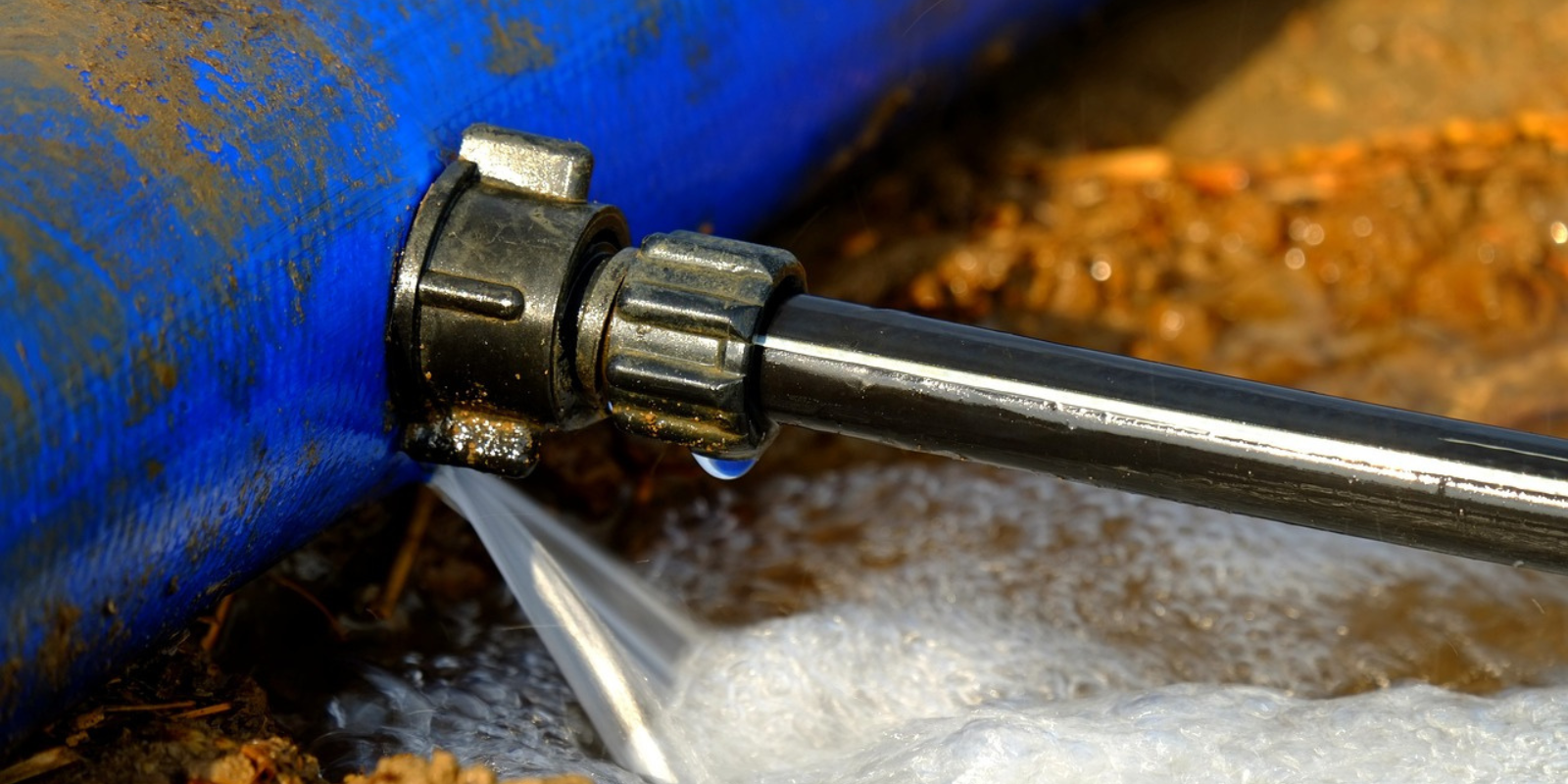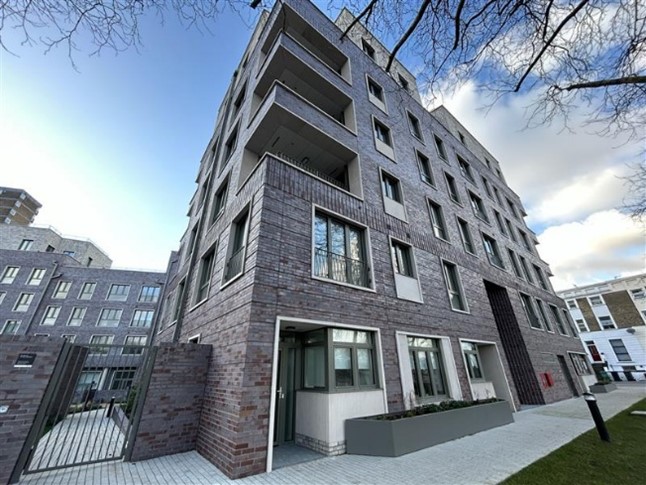It surprises a lot of people that after fire, escape of water is one of the most common types of domestic property damage claims, with insurers paying out £1.8 million every day for such claims.
The severity of escape of water claims appears to have been impacted by changes to Permitted Development rules, which have made it easier for developers to turn buildings designed and built for other purposes – such as office blocks – into residential units. Indeed, figures released by Government last year showed that since 2015, more than 73,500 homes have been developed from former office blocks under Permitted Development rules. This trend is likely to accelerate with the shift towards remote working.
Government’s own research has concluded that “permitted development conversions do seem to create worse quality residential environments than planning permission conversions in relation to … the health, wellbeing and quality of life of future occupiers.”
As an insurer, we believe that property safety goes further than the knowledge that when a fire occurs, people can get out in time. Safety in its broadest sense also means protecting homeowners from other hazards, such as catastrophic but avoidable water leaks that can force them out of their property, destroy their possessions and cause significant disruption to their lives.
None of us can guarantee fires and water escapes won’t occur – that’s why we have insurance – but we can reduce the chances of those hazards. We can do this by both choosing appropriate buildings in which to house people and, if converting a property, ensuring it’s done sympathetically and properly.
The current system fails to adequately consider that the water demands of a former office premises are vastly different to a multi-occupancy residential block. Proper design and specification of the plumbing system, including drainage, is crucial.
But it’s not just design, it’s also execution. Choosing the correct (not just the cheapest) contractors and implementing a robust quality assurance process at all stages of the conversion is key. Checking a plumbing installation when it’s nicely boxed-in is rarely effective.
Any weaknesses in the system can be cruelly exposed months or years after occupation, when those joints start to fail under pressure and constant use. Then, that boxing-in gets ripped out, as do kitchens, warped laminate floors, or anything in the path of that water. Many conversions rely on lightweight partitions, the infill of which soak up moisture like a sponge. Water tracks laterally between rooms, between individual flats, and also to floors below – finding the path of least resistance, like service ducts. Suddenly a single leak causes misery not just for the occupiers of the flat of origin, but potentially for everyone in that block.
I dealt with one major loss at a former office block In South London, converted into over 400 flats. The conversion was finally finished after the original developer went bust. Leaseholders were dismayed that, even before many of them had moved in, the block suffered a huge leak. Water had escaped from an upper-floor, deluging flats and communal areas for up to four hours before the leak was discovered. Over thirty flats were impacted at a cost of over £1 million – all from one faulty joint
And it’s not just the dramatic leaks. Once pipes or joints fail, the escaping water is often hidden, seeping into voids. This can leave residents living with damp patches and mould, made worse by a failure to consider adequate ventilation at the design stage. Once the gravity of the situation is realised, the damage is often far more serious – forcing people out of their homes, sometimes for months, while repairs are carried out.
The issues around build quality also apply to fire safety where developers, for example, have not put in proper fire-collars or fire-stopping around the openings created by routing services through walls and partitions. Ironically many of those defects are only identified after a bad water escape.
The vast majority of developers build homes to the highest standards. But we continue to see some rushed and poor quality conversions, marked by cheap fittings and poor workmanship. Part of our role as insurer is to engage with developers, and the wider commercial Real Estate community, to share insights from the losses we see. By working together, we can continue to drive improvements in the standard of property conversions, and build homes fit for the future as envisaged in the Healthy Homes Bill.
Paul Redington is Regional Major Loss Manager, Zurich Insurance.
Zurich is one of the largest insurers of property in the UK. Our experience of underwriting risk and investigating claims means we have a unique insight into the current risks facing the UK’s building stock.




